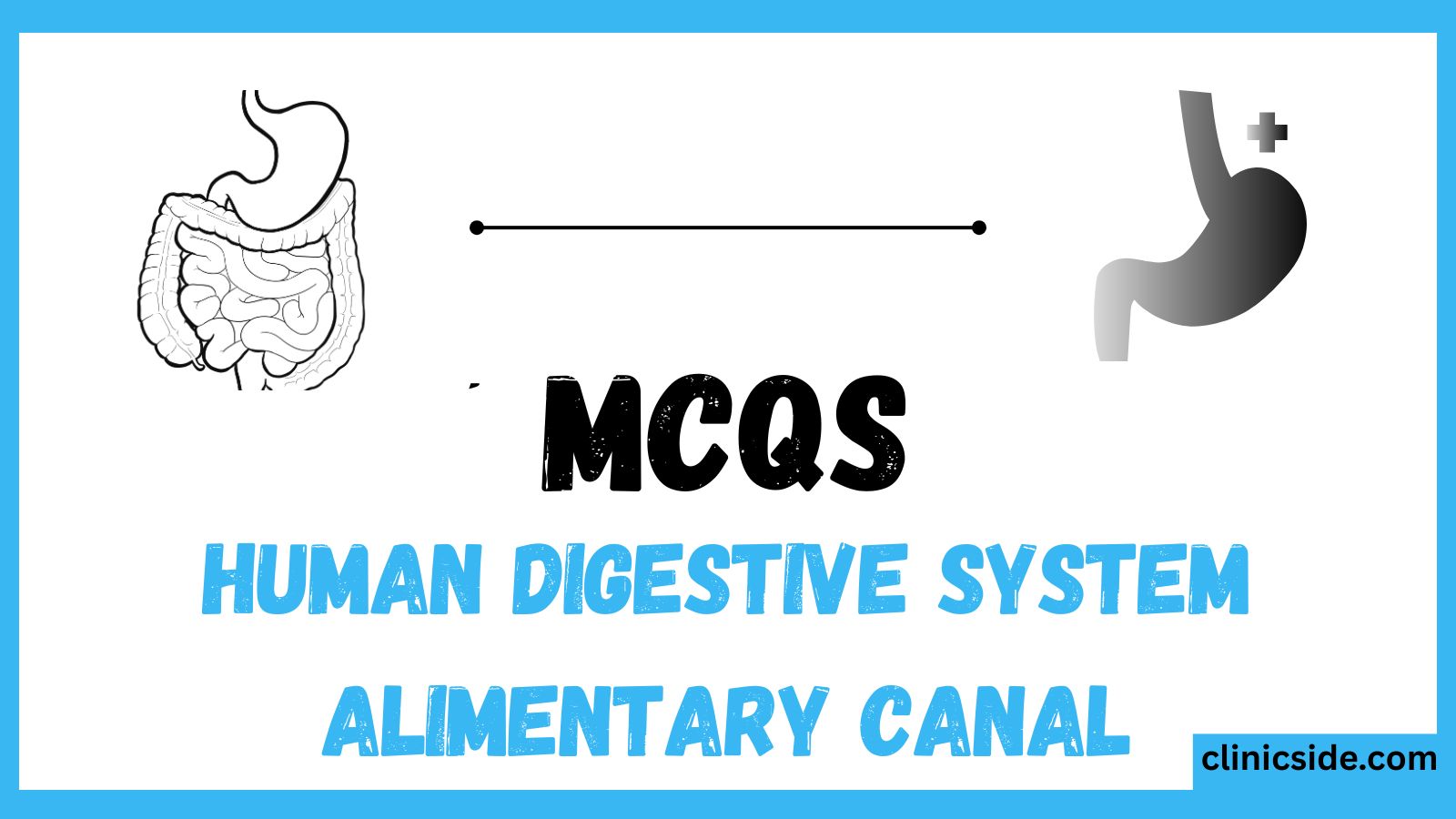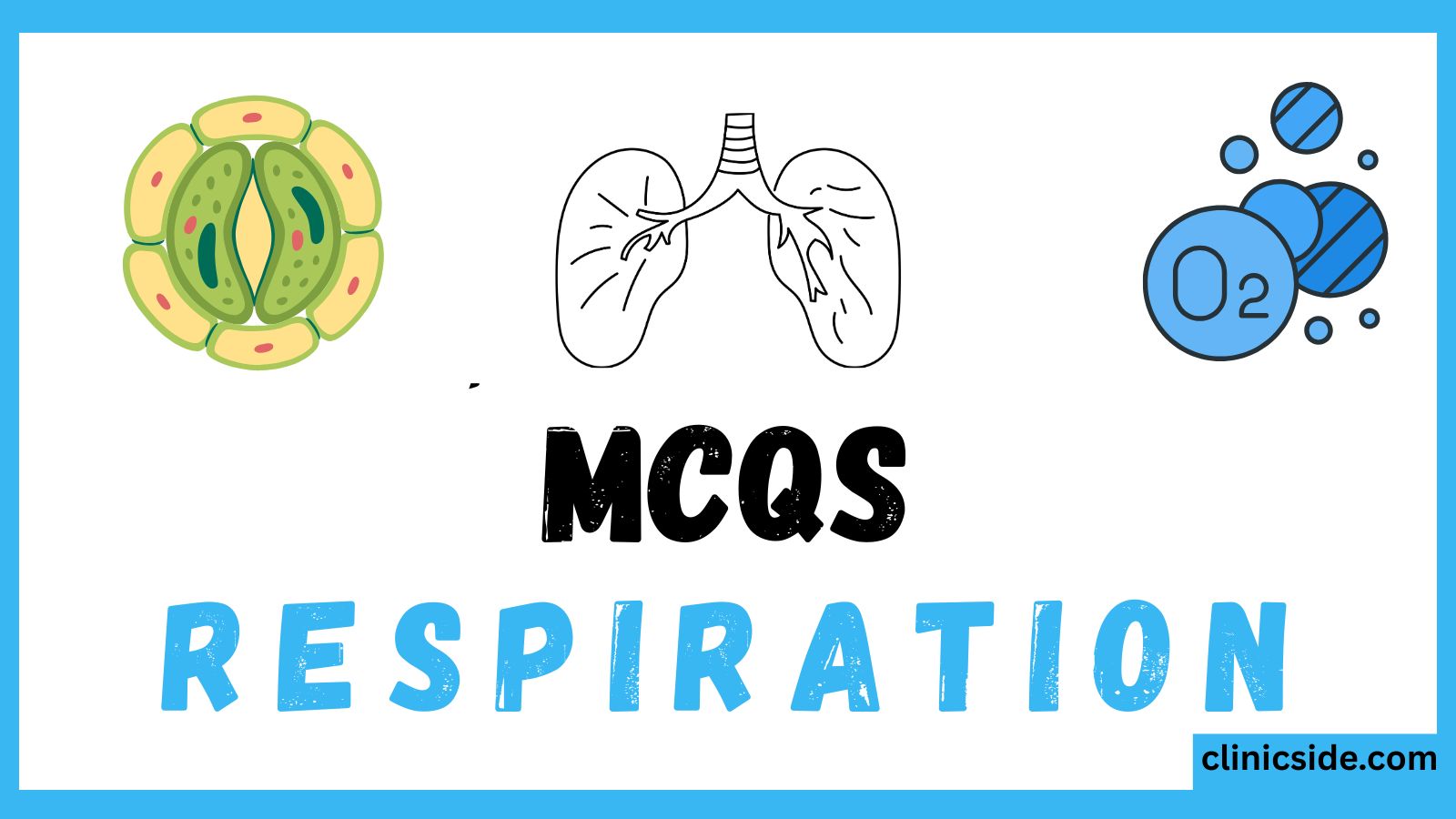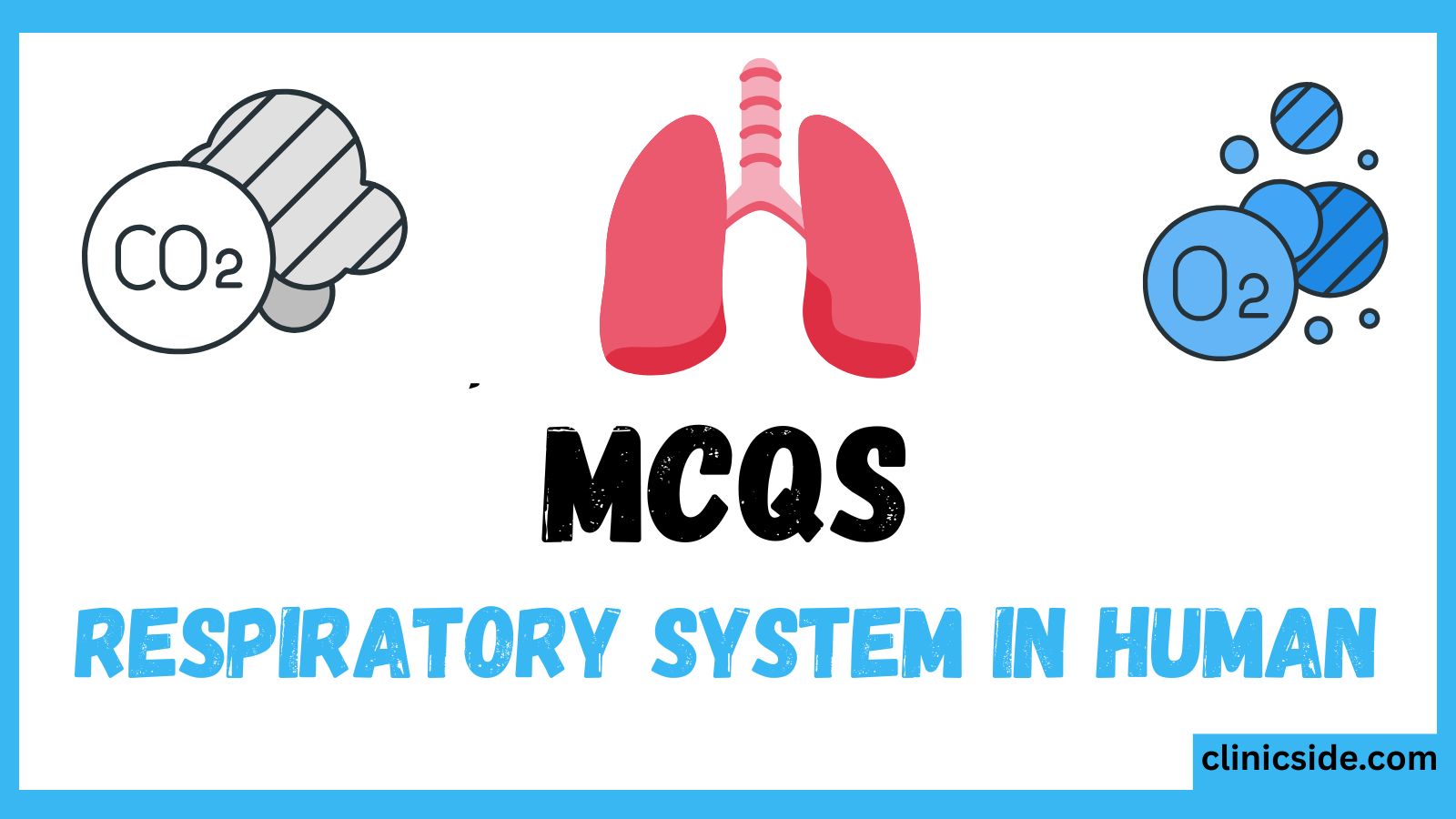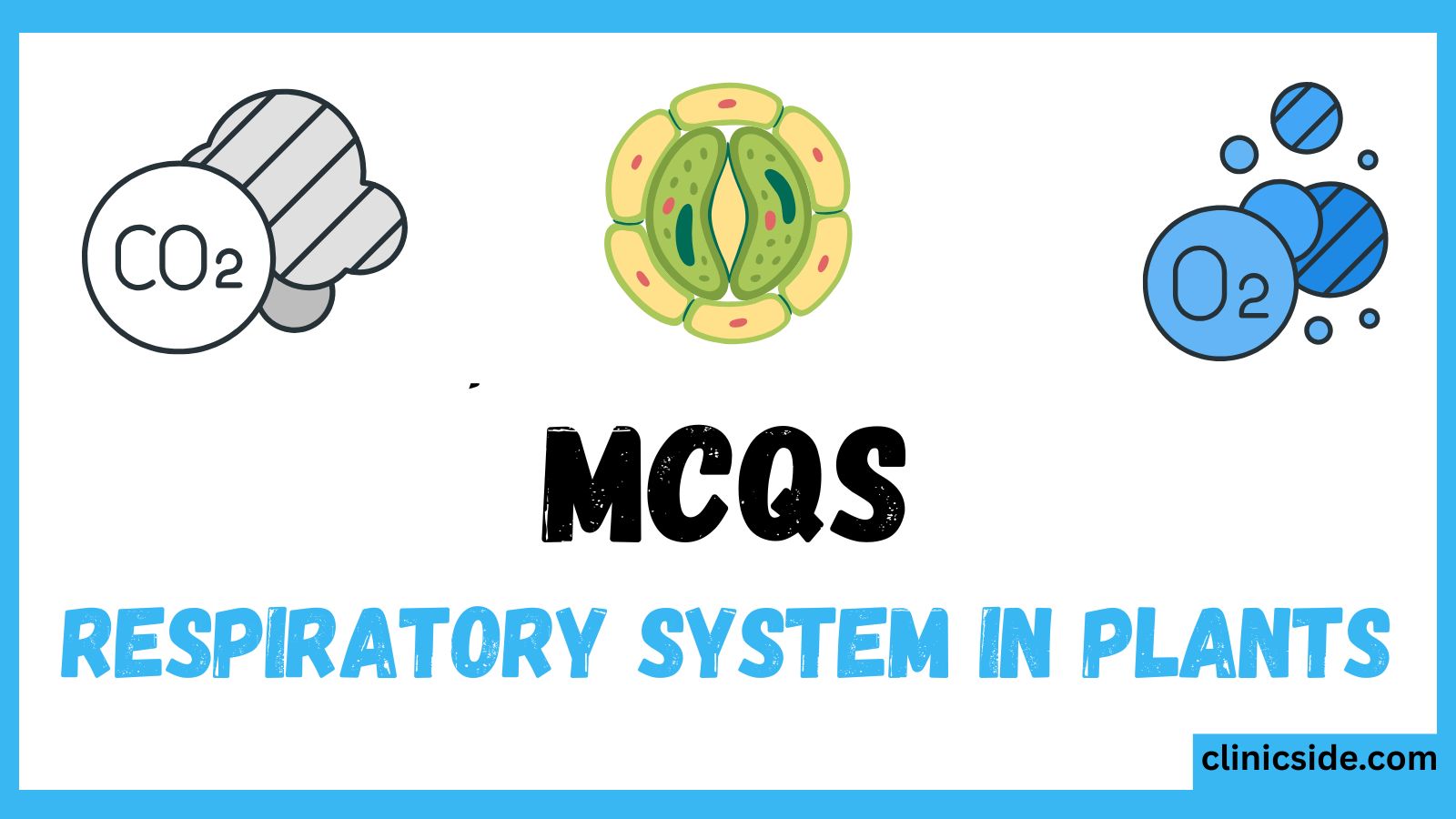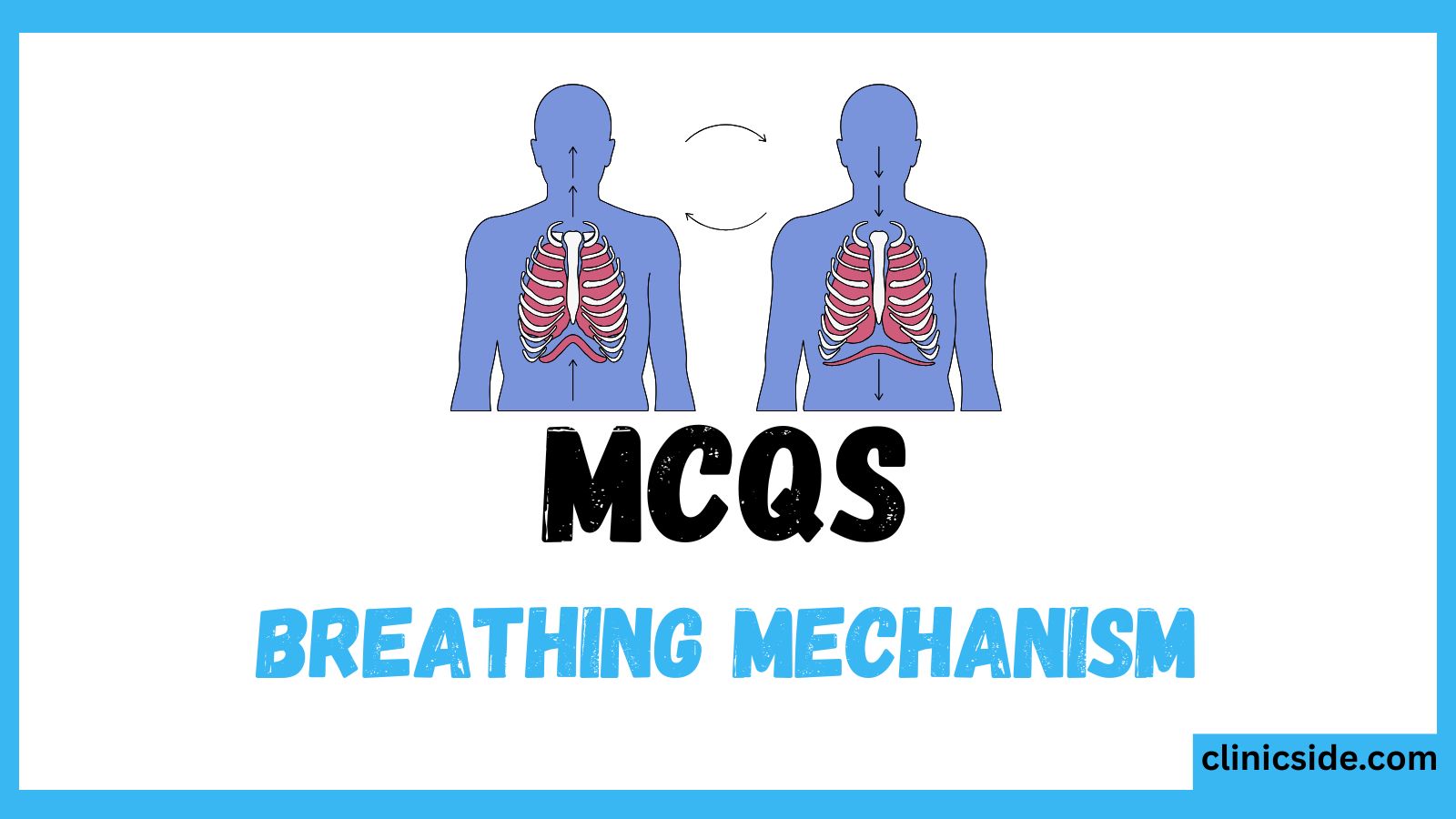Have you ever wondered what happens to your food after you eat it? How does your body turn a sandwich into energy? The answer lies in your Human Digestive System, especially the Alimentary Canal, which is the long, hollow tube that food passes through.
In this article, we will explore the structure and function of the Digestive System, focusing on the Alimentary Canal, and understand how digestion helps our body stay healthy and active.
Quiz
Available options: 1 to 20
What is the Human Digestive System?
It is a complex system made up of organs that work together to:
- Break down the food we eat
- Absorb nutrients into the bloodstream
- Eliminate waste from the body
This system includes:
- The Alimentary Canal (also called the gastrointestinal tract or digestive tract)
- Digestive glands like the liver, pancreas, and salivary glands
The Alimentary Canal is the central pathway through which food travels and gets processed.
What is the Alimentary Canal?
The Alimentary Canal is a long, muscular tube that starts at the mouth and ends at the anus. It is around 9 meters long in an adult human.
This canal helps in:
- Moving food through different stages of digestion
- Breaking it into smaller molecules
- Absorbing useful nutrients
- Eliminating the waste materials

Structure of the Alimentary Canal
The Alimentary Canal consists of seven major parts, each with a specific role:
1. Mouth (Oral Cavity)
- The first part of the Human Digestive System.
- Teeth chew the food (mechanical digestion).
- Salivary glands secrete saliva, which contains amylase, an enzyme that starts breaking down starch (chemical digestion).
- The tongue helps in mixing food and swallowing.
2. Pharynx (Throat)
- A short tube that connects the mouth to the esophagus.
- Plays a role in both the respiratory and digestive systems.
- Directs food into the esophagus and prevents it from entering the windpipe.
3. Esophagus
- A 25 cm long muscular tube.
- Connects the pharynx to the stomach.
- Moves food using peristalsis – wave-like muscle contractions that push food downward.
4. Stomach
- A J-shaped organ located on the left side of the abdomen.
- Stores food temporarily and mixes it with gastric juices.
- Hydrochloric acid (HCl) and pepsin break down proteins.
- Converts food into a semi-liquid form called chyme.
5. Small Intestine
- Longest part of the Alimentary Canal (about 7 meters).
- Divided into three parts: duodenum, jejunum, and ileum.
- Most digestion and nutrient absorption takes place here.
- Enzymes from the pancreas and bile from the liver aid in digestion.
- Villi (tiny finger-like projections) increase surface area for nutrient absorption.
6. Large Intestine (Colon)
- Absorbs water and salts from the undigested food.
- Forms solid waste (feces).
- Contains friendly bacteria that help in the final stages of digestion.
7. Rectum and Anus
- Rectum stores feces.
- Anus is the opening through which feces leave the body.
Functions of the Human Digestive System
| Function | Description |
|---|---|
| Ingestion | Taking in food through the mouth |
| Digestion | Breaking down food mechanically and chemically |
| Absorption | Nutrients absorbed into the blood (mainly in the small intestine) |
| Assimilation | Use of absorbed nutrients by body cells |
| Egestion | Elimination of undigested food through the anus |
Why Is the Alimentary Canal Important?
- It allows proper digestion and absorption of essential nutrients.
- It protects the body by removing waste products.
- It helps maintain a healthy balance of water and other body fluids.
Final Thoughts
The Digestive System is a vital organ system that helps convert the food we eat into the energy and nutrients our bodies need. The Alimentary Canal plays the most important role in this process, as it is the path food takes through our body. From the mouth to the anus, each organ in the Alimentary Canal performs specific tasks that ensure food is broken down, nutrients are absorbed, and waste is removed.
Understanding the Digestive System and the Alimentary Canal helps students appreciate how their own body functions every day.

